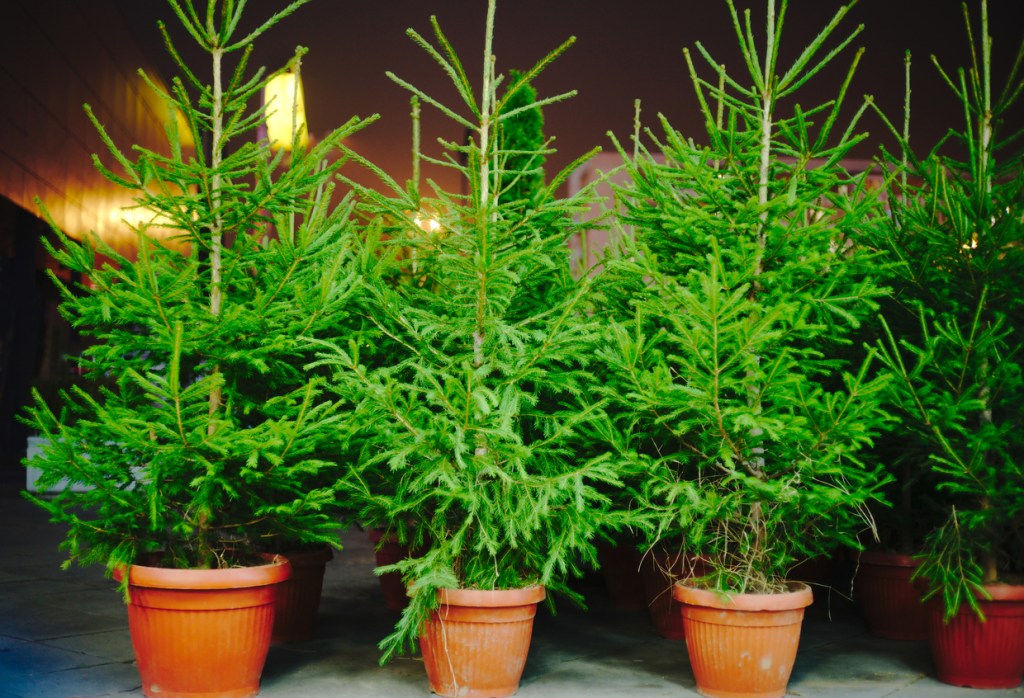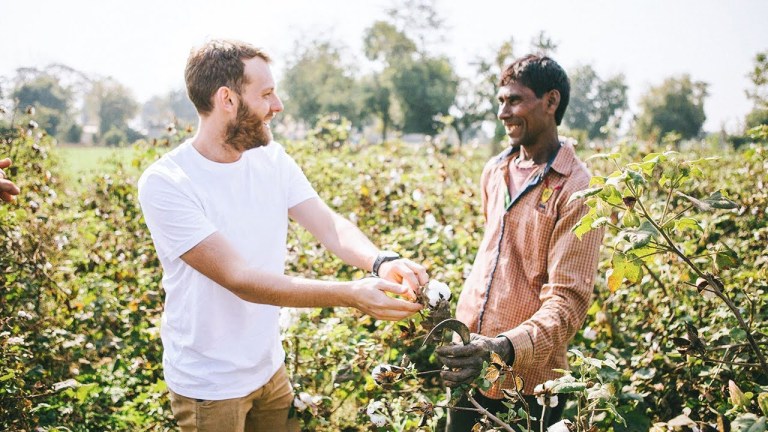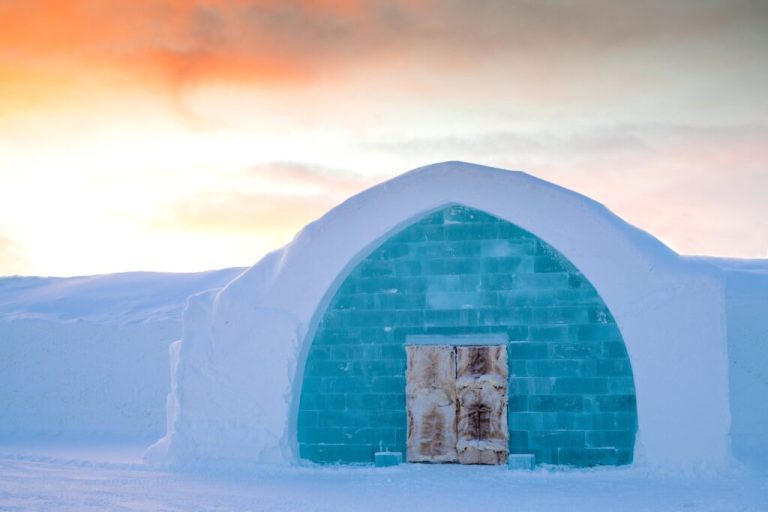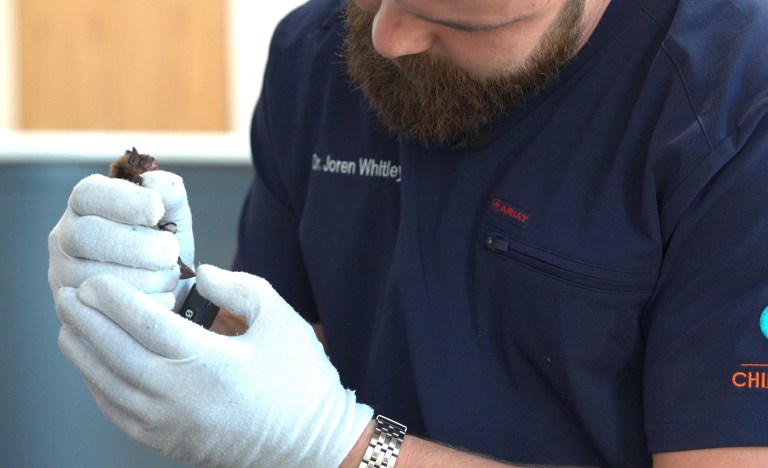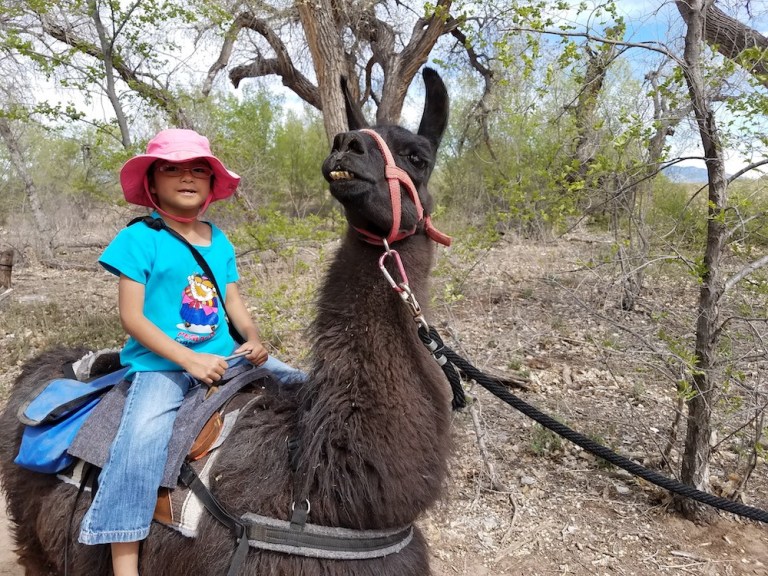For those who celebrate Christmas, the scent of pine is inextricably linked with the holiday season. And while artificial trees have surpassed live trees as the most popular Christmas tree of choice in the U.S., there are 25-30 million real Christmas trees sold in the U.S. annually, according to the National Christmas Tree Association.
With the live Christmas tree option, though, there’s one major downside: disposing of the tree after the holidays have passed. And now, warmer temperatures are creating a new dilemma. The American Christmas Tree Association reports that drought conditions and extreme weather events are whittling down the supply of fresh live trees available to consumers this season.
Happily, though, a new holiday tradition has been steadily gaining traction over the past few years, throughout the U.S. and in a number of other countries, including Germany and across the U.K.: renting a living potted Christmas tree.
Interest in living Christmas tree rentals in the U.S. gained serious traction in 2012, per Better Homes & Gardens, when Scott Martin pitched the idea for his company, The Living Christmas Company, on the reality show Shark Tank. Martin’s inspiration began to take shape when he spent one Christmas vacation delivering Christmas trees for a local nursery. While Martin understandably enjoyed the “sheer magic and merriment created by the simple act of bringing a Christmas tree into the house,” according to the company’s website, he was equally disheartened to see those trees then abandoned curbside as soon as the holiday had passed. Thus, he founded his Southern California living rental tree service in 2008.

The gist of the process for most Christmas tree rental companies is this: you’ll select your tree online, after which it’s transferred to a pot and delivered to your home. While the tree is in your care, you’ll be responsible for maintaining it, including watering it, feeding it, and keeping it healthy and happy. Once Christmas has passed, you then arrange to return it to the nursery, where it will be repotted and maintained until the next holiday season. If you grow attached to your tree, many places will allow you to reserve and rent the same tree for several years to come, until it grows too large for in-home use. At that point in the tree’s life, many rental services will then transfer the tree to its “forever home” within the community or a nearby forest, depending on where you live.
A quick internet search will quickly tell you which rental services may be operating in your area. And if you don’t live near a designated living Christmas tree rental service, be sure to check with your local tree farms and ask about any rental options they may consider offering.
Looking for another eco-friendly tree option? Take advantage of the U.S. Department of Agriculture’s permit system, which allows you to find and cut your own Christmas tree, while doing your part to keep forests healthy.
